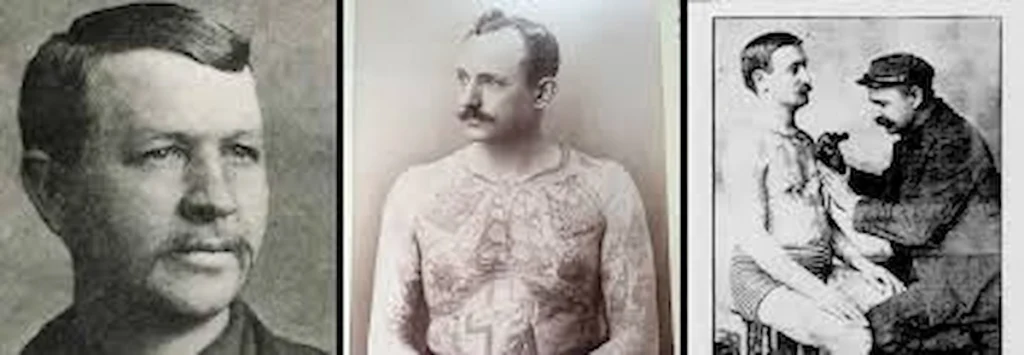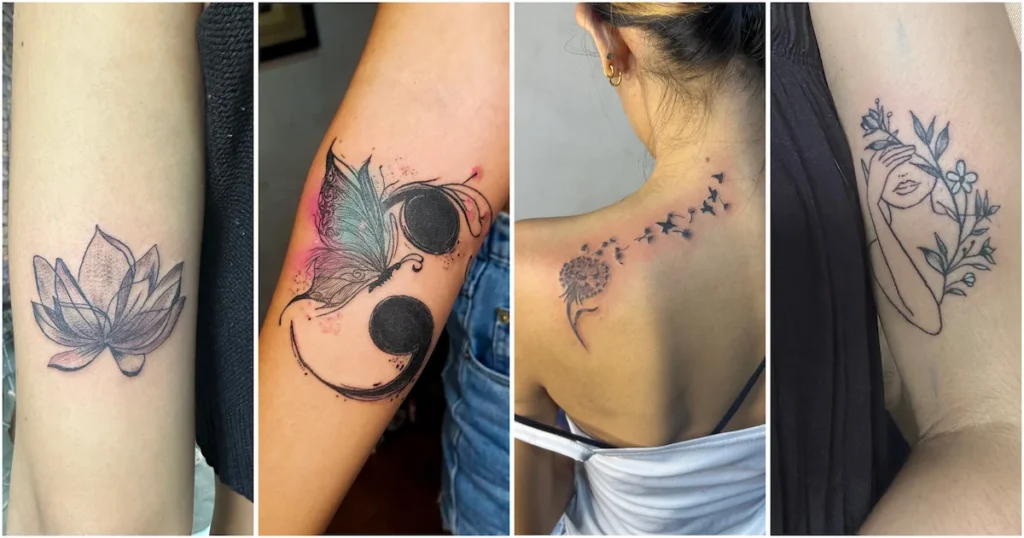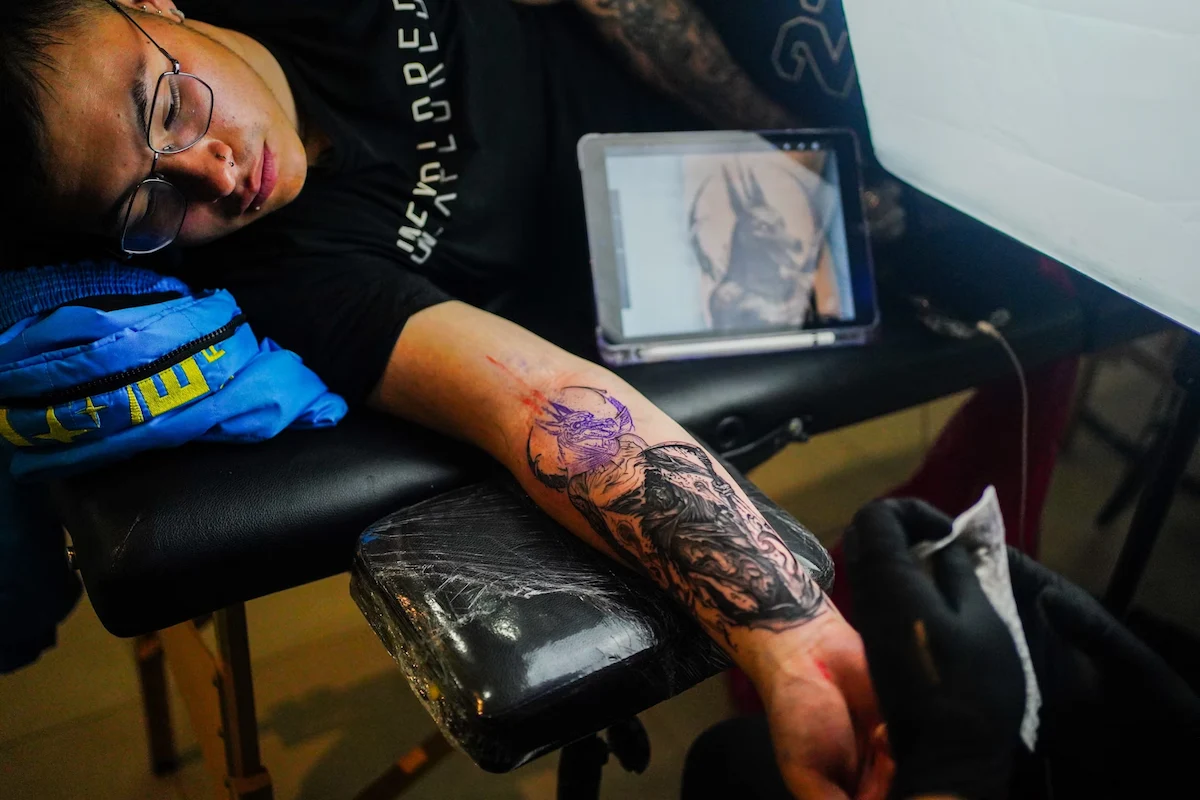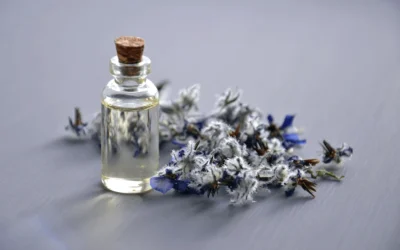Have you ever wondered why tattoos hold such powerful meaning across time and cultures? From tribal tattoos in Polynesia and the Philippines to modern Instagram-worthy designs, tattoos have chronicled human stories for centuries. Each one captures identity, memory, and transformation, turning skin into a living record of who we are and where we come from.
Ancient Beginnings: Tattoos Across Cultures
The story of tattooing begins in ancient civilizations, where skin becomes a canvas for courage, faith, and identity.
Polynesian cultures played a central role in the origin of the word tattoo, derived from the term tatau (ink on skin). In these societies, tattoos were rites of passage, visual narratives of genealogy, social rank, and maturity. Each mark carried personal history and societal standing.
In the Philippines, batok tattoos, traditional markings among groups like the Kalinga and Ifugao, were earned as symbols of courage and status. Warriors received patterns such as the chest chaklag, signifying participation in headhunting and battlefield valor. Women’s designs often marked maturity and readiness for marriage. Today, this tradition survives through Apo Whang-Od, the legendary Kalinga tattooist often called the “last mambabatok.” She has shared her art with new generations, preserving the cultural legacy of batok while drawing global attention to its meaning.
In ancient Egypt, female priestesses and midwives adorned their bodies with tattoos believed to offer protection, fertility, and spiritual devotion. Some designs were even thought to safeguard women during childbirth, as seen in mummified remains.
In Japan, irezumi (traditional tattooing) began as spiritual imagery of dragons, koi, and deities meant to protect the wearer. During the Edo period, authorities used tattoos to mark criminals, linking irezumi to the underworld and later the yakuza, giving it a dual identity as both sacred art and a feared symbol of outlaw culture.
In India, godna (permanent tattooing) was practiced by rural and tribal groups like the Gond, Baiga, and Ramnami. Unlike henna, godna marked rites of passage such as puberty, marriage, and motherhood. Motifs ranged from sacred texts for devotion to Rama to floral and geometric designs indicating identity, caste, or protection, making godna both personal and communal.
Together, these traditions show how body art has always been more than decoration; it was an expression of identity, spirituality, and community across time and cultures.
Tribal Tattoos and Their Meanings
Indigenous tattoo traditions carried motifs serving as visual codes of protection, status, or belonging.
| Culture | Tattoo / Motif | Meaning |
|---|---|---|
| Kalinga (Philippines) | Centipede (gayaman) | Protection, strength |
| Snake (tabwhad) | Stealth, speed | |
| Rice bundle (binunga) | Prosperity, abundance | |
| Eagle (tulayan) | Bravery, honor | |
| Chest design (chaklag) | Warrior status, battlefield valor | |
| Polynesian / Māori | Koru (fern spiral) | Growth, harmony, new beginnings |
| Geometric shields | Protection, unity, lineage | |
| Native American | Spiral | Journey of life, connection to cosmos |
| Eagle | Wisdom, courage, spiritual strength | |
| Yoruba (West Africa) | Facial tribal marks | Lineage, tribal identity, spiritual protection |
| India (Godna) | Nature / mythical motifs | Wealth, social status, ritual identity |
Across continents, these symbols show a universal truth: tattoos have always been more than decoration; they served as shared languages of identity, spirituality, and resilience.
Stigma and Suppression Through History

Tattooing faced systematic erasure through colonial expansion and missionary influence. In the Pacific, tattoos were deeply tied to spirituality, identity, and social status, values that missionaries dismissed as incompatible with Christianity.
- In Tahiti, King Pomare II, who had converted to Christianity, enacted the Pomare Legal Code in 1819, banning tattoos, nudity, and traditional rituals as part of aligning with missionary teachings and reinforcing his authority. Authorities condemned tattoos because they represented devotion to ancestral gods, marked tribal hierarchies outside church authority, and celebrated the body.
- Missionaries across Polynesia denounced tattoos as immoral, equating them with pre-Christian customs. Historical accounts describe punishments for continuing the practice, including forced removal and solitary confinement.
- In Samoa, 19th-century missionaries attempted to abolish the sacred peʻa (male tatau), which spanned the torso to the knees, because they saw it as incompatible with Christian values. Though banned in missionary schools, the tradition endured in secret and has since experienced a revival.
This suppression fractured cultural continuity, erasing ancestral knowledge and severing lines of transmission that had endured for centuries.
The Shift: From Margins to Mainstream
The invention of the first electric tattoo machine by Samuel O’Reilly in 1891 revolutionized tattooing. Unlike the slower, hand-poked method, O’Reilly’s machine used an electric motor to drive needles rapidly and consistently into the skin, making tattoos faster, more precise, less painful, and more affordable. This innovation allowed for intricate designs and creative experimentation.

Studios quickly appeared in port cities such as New York and London, serving sailors, travelers, and locals alike. As tattoos became easier to get, they grew beyond decoration, becoming tools of personal identity and even subtle rebellion.
Tattoos in the Military
Sailors began embracing tattoos as symbols of identity and loyalty anchors, eagles, battle scenes, and the names of loved ones, so common that by the late 1700s, roughly a third of British and a fifth of American sailors were already inked.
During both World Wars, tattoos strengthened bonds among soldiers and sailors, often featuring unit symbols, ship emblems, or matching designs. These tattoos were usually done during downtime, while on leave, in port cities, or between deployments, serving as visible marks of camaraderie, survival, and shared sacrifice. Veterans brought their ink home, helping normalize tattoos in everyday American life
Tattoos as Rebellion
By the mid-20th century, tattoos were embraced by bikers, rock musicians, and countercultural groups as symbols of toughness and individuality. Norman “Sailor Jerry” Collins, who popularized bold, colorful designs blending American and Japanese influences, and artist Lyle Tuttle, a famous tattoo artist who inked celebrities, brought tattoos into the mainstream by inking celebrities like Janis Joplin.
Seeing a rock star proudly display tattoos shifted public perception, and what was once rebellion began to look like art.
The Tattoo Renaissance
The 1970s and 1980s sparked what historians call the “Tattoo Renaissance.” Quick “flash” designs gave way to large, custom works inspired by Japanese irezumi, Polynesian tatau, and Native American symbolism. Artists began creating full sleeves and back pieces, cementing tattooing as a legitimate art form alongside painting and sculpture.
From Celebrities to Mainstream

By the late 20th century, tattoos were no longer confined to subcultures. High-profile figures helped bring them into the spotlight: David Beckham’s sleeves became part of sports culture, while Angelina Jolie’s script tattoos showed it could be elegant as well as personal.
Their visibility on screens, magazines, and stadiums normalized tattoos for mass audiences. What was once rebellious became a mainstream expression of style and identity, paving the way for the global tattoo industry we know today.
Tattoos as Healing and Mental Health Expression

More and more people are turning to tattoos as a form of healing. Symbols like semicolons or butterflies often serve as visual reminders of survival, resilience, and growth. For many, even the process itself choosing a design, sitting through the needle, becomes a ritual of reclaiming control after trauma.
For me, tattoos are not just cultural artifacts but personal anchors and self-care. One of my most meaningful pieces is a large butterfly with a semicolon, a daily reminder to keep going no matter how heavy life feels. On my back, a dandelion reminds me that freedom from overthinking is possible, while a design of a girl with growing leaves reflects my commitment to growth. The tattoo carrying my parents’ names is perhaps the most personal, both a tribute and a reminder that I have two angels guiding me.
The act of being tattooed has also become my anxiety hack. The steady poke of the needle calms me in a way nothing else does, transforming nervous energy into something I can carry with pride. For me, and for many others, tattoos serve as therapy, etched in ink.
Tattoos as Storytelling in Today’s World
From sacred traditions to modern techniques, tattoos carry stories that go beyond appearance. They mark milestones, honor heritage, and preserve personal truths, turning skin into a living archive. For many, tattoos also connect to emotional wellness, offering daily reminders of resilience and growth.
Today, tattooing thrives as a universal language of memory and identity, constantly reshaped by innovation and cultural exchange. Every tattoo carries a story, etched permanently into the skin
Every tattoo tells a story. What’s yours?
FAQs About Tribal Tattoos and Modern Style
Is getting a tattoo safe?
Yes, tattoos are generally safe when done by a licensed artist using sterilized equipment and quality ink, and when proper aftercare is followed. Risks like infection or allergic reactions are rare if precautions are taken.
Who got the first tattoo?
The earliest known tattooed person is Ötzi, who lived around 3330 BCE. While tattooing has existed for thousands of years, societal perceptions of body art have changed significantly over time.
What tattoo styles are trending in 2025?
Popular styles now include fine-line, blackwork, watercolor, realistic portraits, and cultural designs like Polynesian and Japanese tattoos.
Do tattoos hurt?
Yes, tattoos hurt, but the pain depends on placement and personal tolerance. Many describe it as a scratching or burning sensation, while some even find it calming.
Can tattoos fade over time?
Yes, tattoos can fade, especially with sun exposure or poor aftercare. Touch-ups and good skin care help keep them looking fresh.
Sources:
Pinas Culture





0 Comments